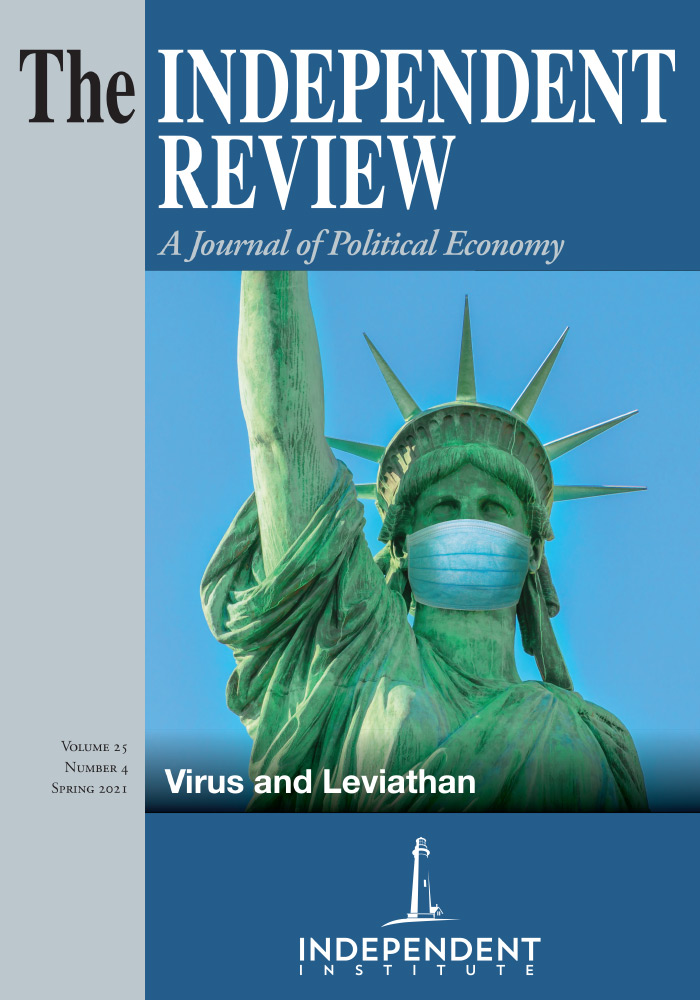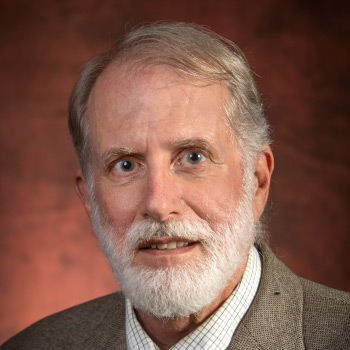The Cold War era, from the 1950s through the 1980s, saw a global ideological divide between the capitalist democracies of the Western bloc countries and the centrally planned dictatorships in the Eastern bloc. That ideological divide, both political and economic in nature, associated—especially in the West—democracy with freedom and dictatorship with oppression. Paul Samuelson, in his best-selling introductory economics textbook, characterized the Soviet political and economic system as “suppression of democratic and personal freedom, and collectivist decision [sic] to cut down ruthlessly on current consumption in order to enlarge capital formation and development” (1973, 883). Samuelson was well within mainstream Western thinking to describe the Soviet dictatorship as suppressing freedom. Although the Cold War ideological divide had both political and economic dimensions, the political divide clearly associated democracy with freedom. This paper discusses the degree to which democracy creates and preserves freedom.
| Other Independent Review articles by Randall G. Holcombe | ||
| Spring 2024 | Privatize the Public Sector: Murray Rothbard’s Stateless Libertarian Society | |
| Winter 2023/24 | Rethinking Economics as Social Theory | |
| Spring 2023 | Generation Gap: Why Baby Boomers Still Dominate American Politics and Culture | |
| [View All (24)] | ||










